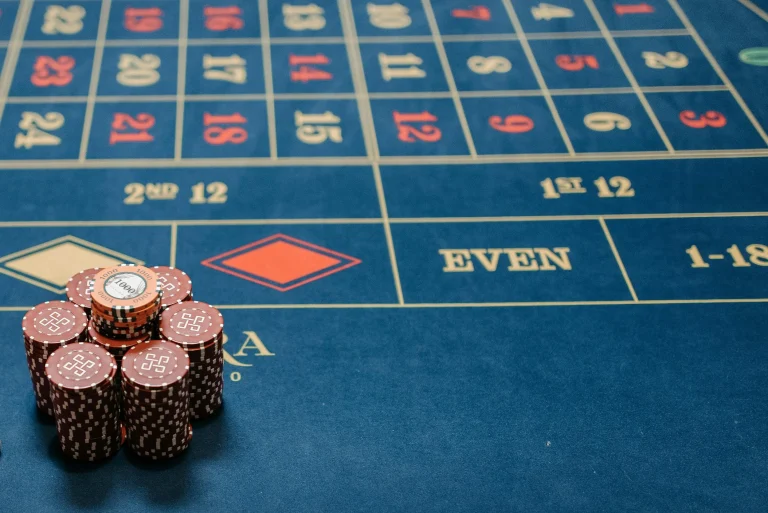Regular live tables copy the casino floor: a dealer, a felt, and continuous hands or spins that roll on and on. TV games flip the script. They borrow the language of game shows – presenters, bright sets, countdowns, quick reveals – and build short, self-contained rounds. Each round starts clean, with a timer you can see and a clear window to place bets. When the timer hits zero, the result is presented to everyone at once. That rhythm is friendlier to new players because you always know where a round begins and ends. No need to “catch up” on a shoe, ask for a seat, or guess when the next spin happens; the screen tells you. The result: a format that feels more like watching a show together than sitting at a quiet table.
Where TV games sit in the live-casino world
Think of TV games as the “broadcast studio” branch of live play. The presenter speaks to the whole audience, not just to a handful of seats. The camera angles are deliberate – wide for the countdown, close for the reveal – so you never miss the moment that matters. Most shows keep a strict clock so everyone places bets at the same time, which lowers confusion. If you want a quick, plain overview of popular titles and what to expect before you try one, start here. Skimming a reference page first helps you pick a game with a pace and layout you like, instead of jumping blind into a flashy studio that moves too fast for your taste.
Rules you can read at a glance
Good TV games explain themselves on the screen. Look for three simple cues: a clean panel showing the bets you can make, a visible timer that counts down to the lock, and a results area that lights up the outcome with no extra steps. Because rounds are short, you don’t wait long to learn if your pick landed. Many shows also highlight multipliers or special segments in big text before the lock; if one appears, you still have time to decide without panic. Compared with regular live tables, the rules are more “show and tell” than fine print. You don’t need to memorize a rulebook to enjoy the game; you need to watch the timer, place a sensible stake, and let the reveal do its job.
Pace, pressure, and the role of the presenter
The presenter sets the mood and the tempo. Their job is to keep the round moving, announce the last seconds for bets, and make the reveal clear. That steady voice lowers the usual pressure. There’s no table talk to decode and no hidden action off camera; the host tells you what’s next. The pace is brisk by design – rounds stack back to back – but the countdowns are predictable, which helps you keep calm. If you prefer quiet sessions, mute the audio and rely on the timer; if you like energy, keep sound on for the cues. Either way, the studio rhythm prevents the drift you sometimes feel at a slow table, where hands stretch with side chats, and you lose track of time.
- Find the bet panel first; place small, clear picks you can explain in a sentence
- Watch the timer; aim to finish choices by the 5-second mark to avoid rushed taps
- Note any highlighted segments or multipliers before the lock, not during the reveal
- Keep an eye on bet confirmations; the interface usually flashes or ticks when a stake lands
- After the reveal, use the short reset to breathe, review, and decide if you’ll sit the next round out
This tiny routine keeps you from scrambling and turns the show tempo into your ally. You’ll make fewer mistakes and feel less tug from the studio buzz.
Why the format feels fair and easier to follow
TV games earn trust by making every step visible: a shared countdown, a lock, a public reveal, and a brief pause before the next round. Nothing hides in a corner of the screen. The whole room sees the same event at the same second. That shared stage also explains why these games appeal to mixed groups of friends: one person can learn the basics in a minute and still enjoy the suspense with everyone else. If you already like regular live tables, TV games won’t replace them; they cover a different need. Tables reward patience and deeper rules; TV games reward clear screens, quick choices, and a steady pace. Pick the mood you want, keep stakes small, and let the format do the heavy lifting: short rounds, visible rules, and results you don’t have to squint to understand.

